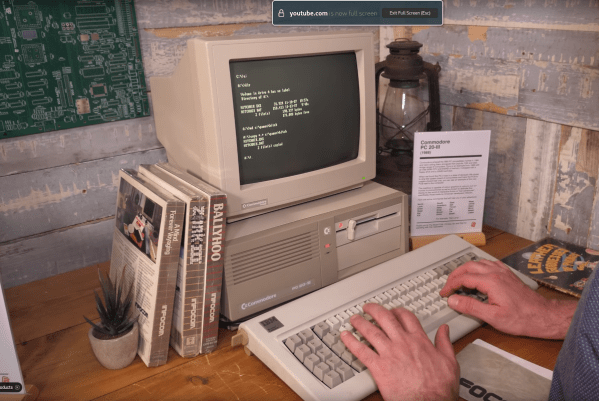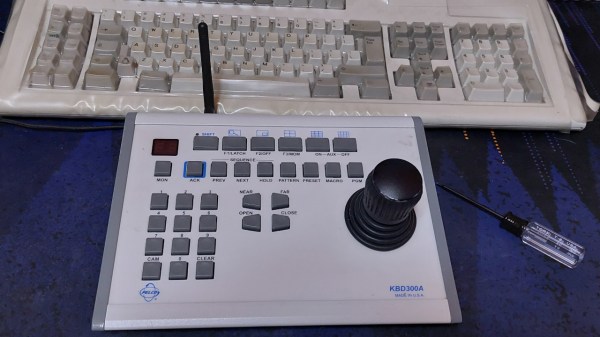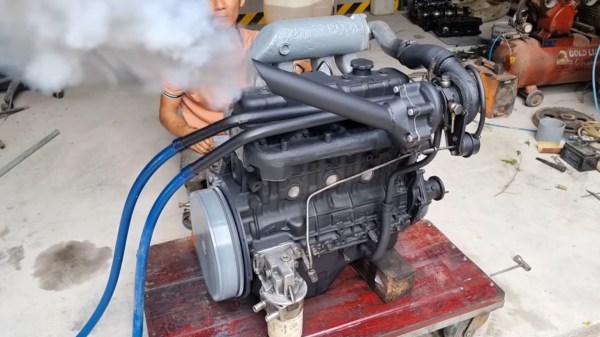[Jared] managed to find a professional FAA-certified flight simulator at an auction (a disassembled, partial one anyway) and wondered, what would it take to rebuild it into the coolest flight sim rig ever?
In a video, [Jared] gives a tour of the system and highlights the potential as well as pointing out challenges and drawbacks. Fortunately the system is of a modular design overall, and the motion control system is documented. The chassis and physical parts are great, but the avionics stack is a mixed bag with some missing parts and evidence of previous tinkering — that part being not quite so well documented.
Conceptually, a mid-tier gaming rig with a wraparound display will take care of the flight software part, and some custom electronics work (and probably a Raspberry Pi or three) will do for interfacing to various hardware elements. But a lot of details will need to be worked out in order to turn the pile of components into an entertaining flight sim rig, so [Jared] invites anyone who is interested to join him in collaborating on innovative approaches to the myriad little challenges this build presents.
We’ve seen the community pull off some clever things when it comes to flight sims, so we know the expertise is out there.
Continue reading “What Will It Take To Restore A Serious Flight Simulator?”
















